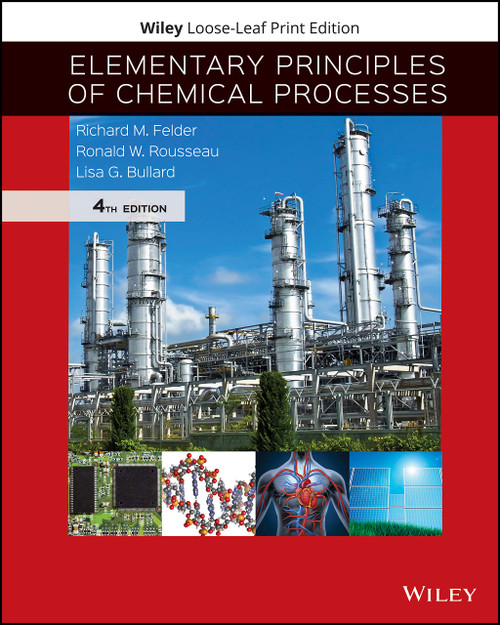The latest principles, processes, and practices
Chemical engineering design is in a constant state of flux. From advances in the practice of separation operations in chemical engineering to corresponding changes in the curriculum, much has happened in the seven years since the publication of Seader and Henley's first edition of Separation Process Principles, including: (1) advances in the fundamentals of mass, heat, and momentum transport, (2) wide availability of computer programs to facilitate the application of mathematical models to a wide range of separation operations, (3) increasing interest in separations involving the solid phase, and (4) changes in the practice of chemical engineering to emphasize product design as well as process design. This second edition reflects these changes.
Highlights of the second edition
- Chapter on crystallization, including thermodynamic and transport aspects, the MSMPR crystallizer model, and treatments of screen analysis, desublimation, and evaporation
- Chapter on drying of solids, including treatments of psychrometry and several dryer mathematical models
- Chapter on leaching of solids, including a discussion of the espresso machine
- Substantial new sections on ultrafiltration and microfiltration, including detailed examples
- Added section on simulated-moving-bed adsorption, including detailed examples
- Expansion of the treatment of batch distillation to include optimal control
- New sections on hybrid systems and membrane cascades
- Now includes 214 examples and 649 homework exercises











